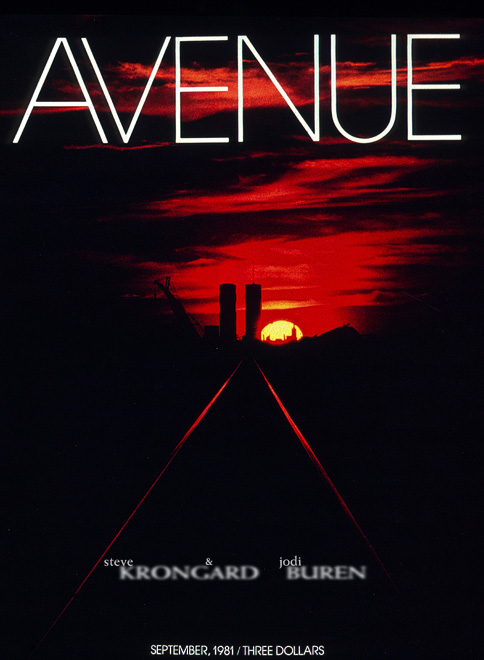 It’s hard for me to imagine the anguish that families experience who lost loved ones on 9/11. I doubt that the pain ever goes away, but I hope for most that it has been tempered somewhat by time. I’m still angry at those attacks. I’m angry about the senseless loss of life, and I’m angry how they changed our country and our way of life. We all lost on that day, and it’s still hard to believe that the towers are gone. When I drive down the West Side Highway, I’m still amazed, ten years after the attacks, to see no World Trade Center on the horizon. They were a huge part of the city, and of my life as well.
It’s hard for me to imagine the anguish that families experience who lost loved ones on 9/11. I doubt that the pain ever goes away, but I hope for most that it has been tempered somewhat by time. I’m still angry at those attacks. I’m angry about the senseless loss of life, and I’m angry how they changed our country and our way of life. We all lost on that day, and it’s still hard to believe that the towers are gone. When I drive down the West Side Highway, I’m still amazed, ten years after the attacks, to see no World Trade Center on the horizon. They were a huge part of the city, and of my life as well.
My first memory of them was of two golden, sparkling icons reflecting on the water in a Jay Maisel photograph. I haven’t seen that photograph in years, but my memory is of a striking jewel, powerful and imposing yet simple and beautiful. I fell in love with those buildings and I visited and photographed them many times over the years, for myself, and for many clients.
My first magazine cover was a picture of the towers that I made for myself, and it appeared on Avenue Magazine in September of 1981, twenty years prior to the attacks. After that, I photographed the towers from the air, from New Jersey and Brooklyn and from vantage points all over Manhattan. The Avenue cover shot was taken through an airplane window at La Guardia Airport.
In 1982, I spent 2 weeks at The Trade Center photographing a story about the inner workings of the buildings for Fortune Magazine. I photographed in the 6th floor sub-basement, in Elevator shafts and in the Lobby as well as from the window washing rig riding down the side. I climbed the antenna to shoot workers and the harbor beyond. Some of the people I met and photographed died on 9/11. All who I met there felt as though they were a part of something special. So did I as I spent day after day exploring and documenting the many recesses of those Towers. I look back at these pictures with a bit of selfish nostalgia for the time when these buildings were a glowing presence in A Jay Maisel masterpiece instead of a memory of sadness and anger.






